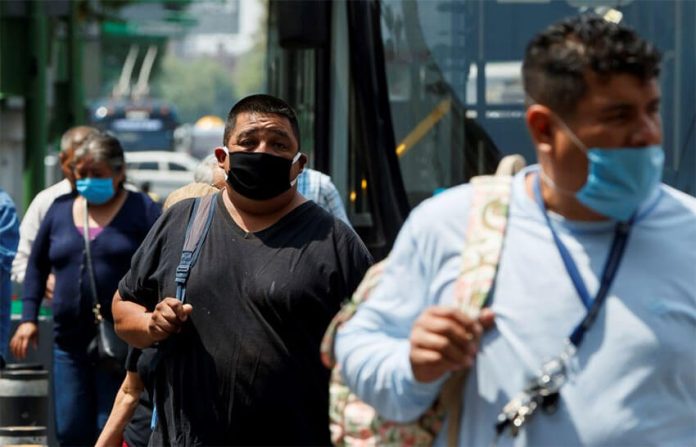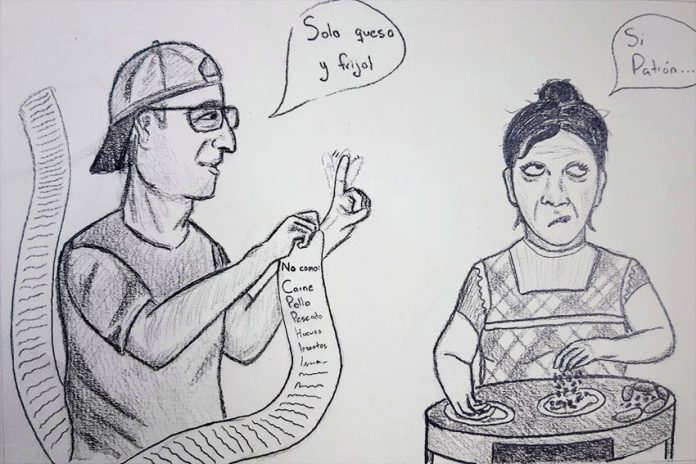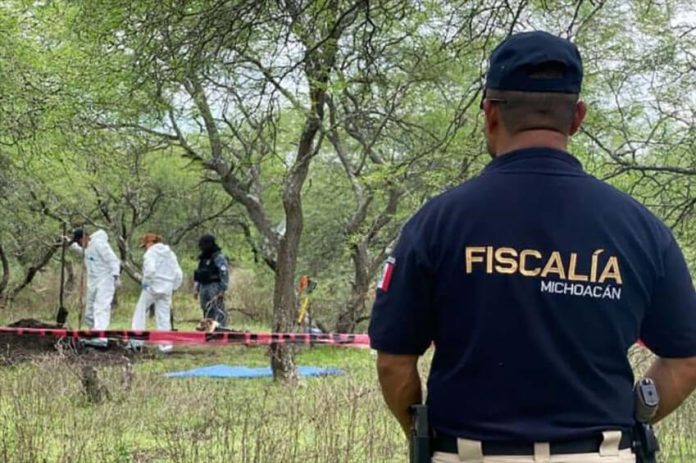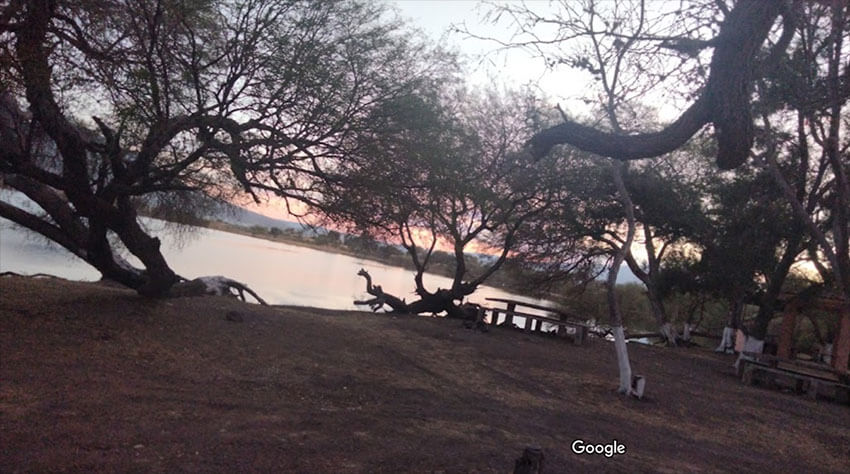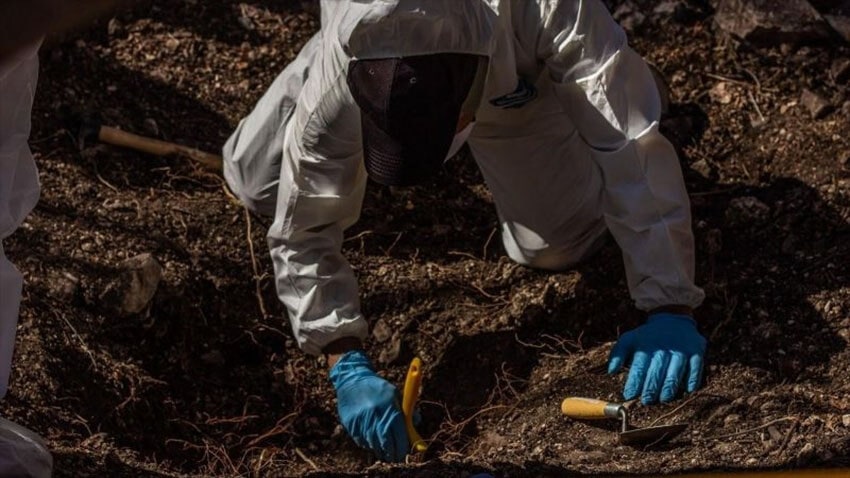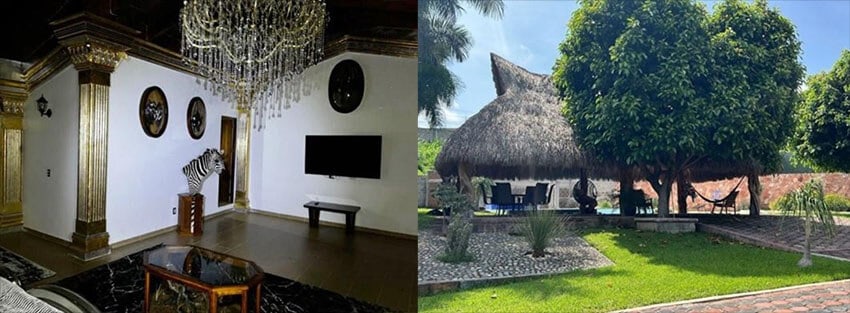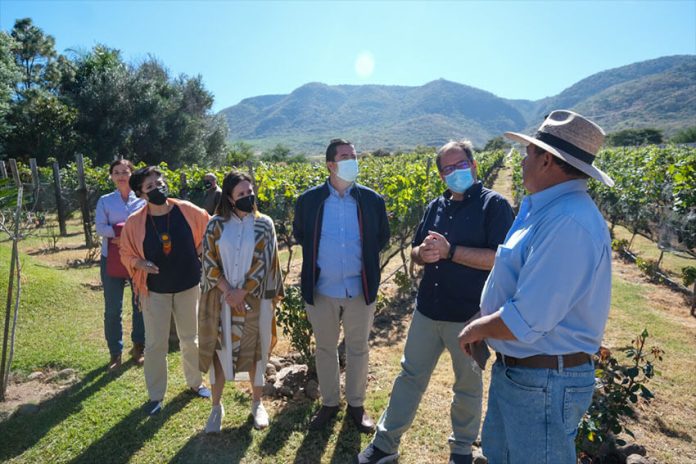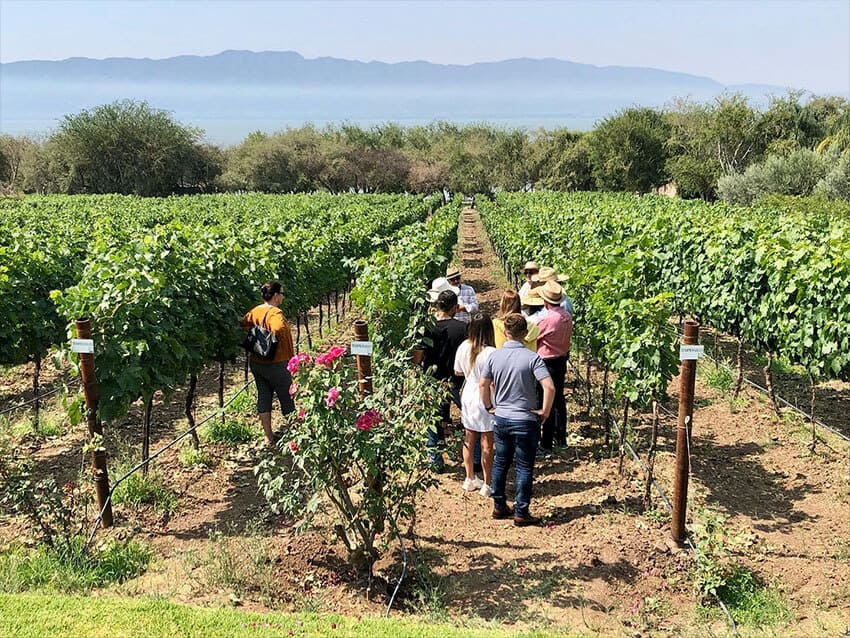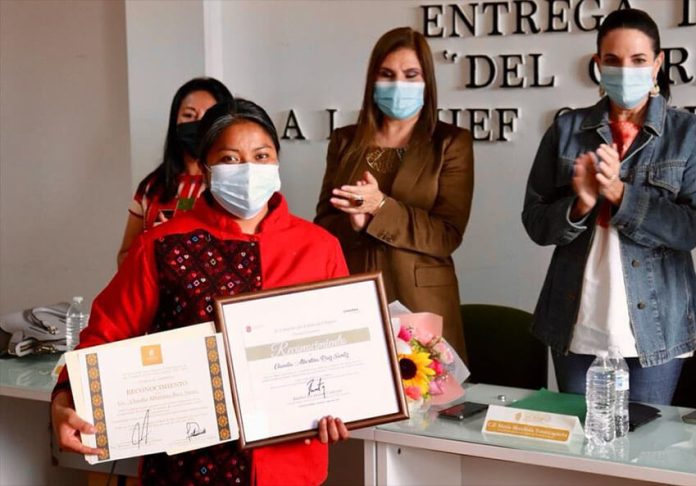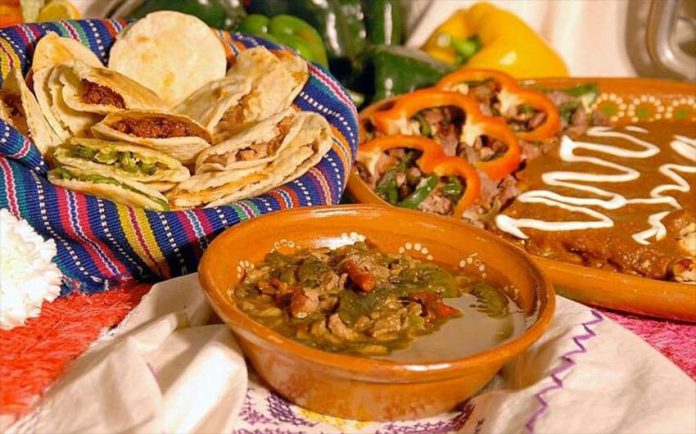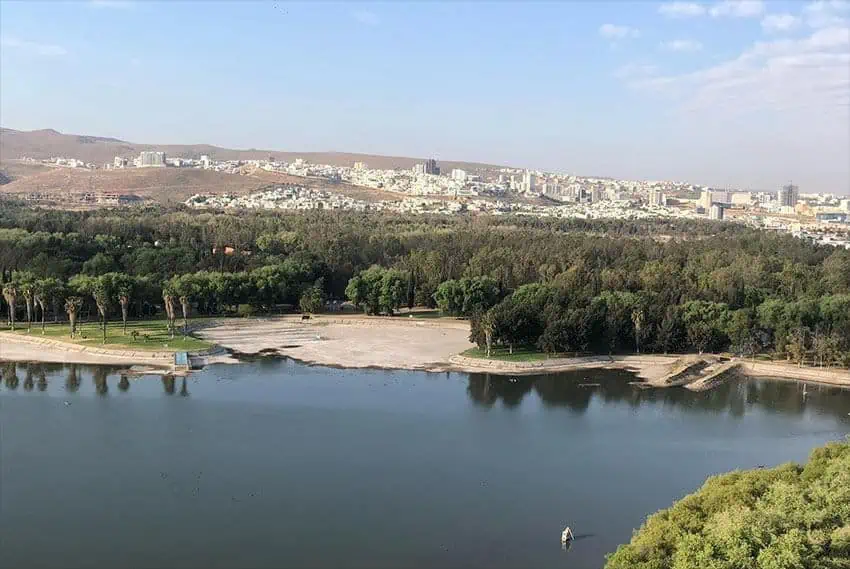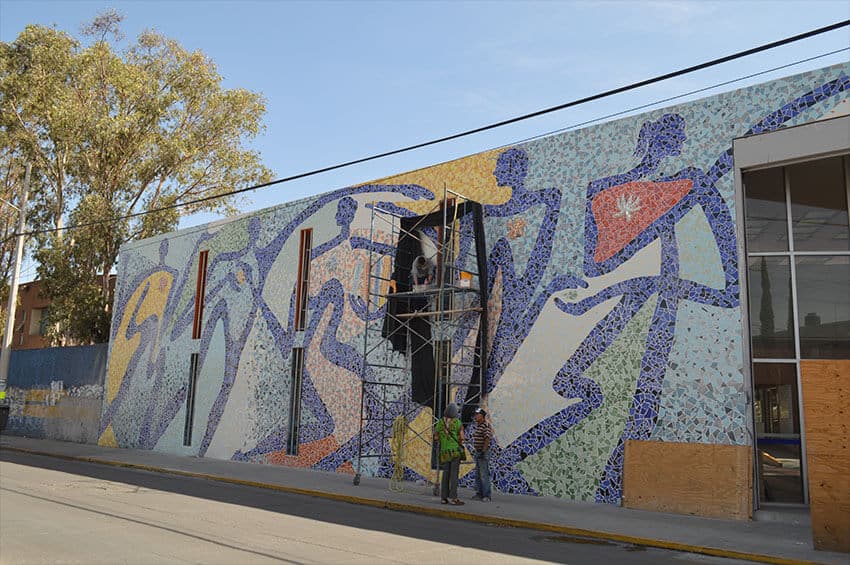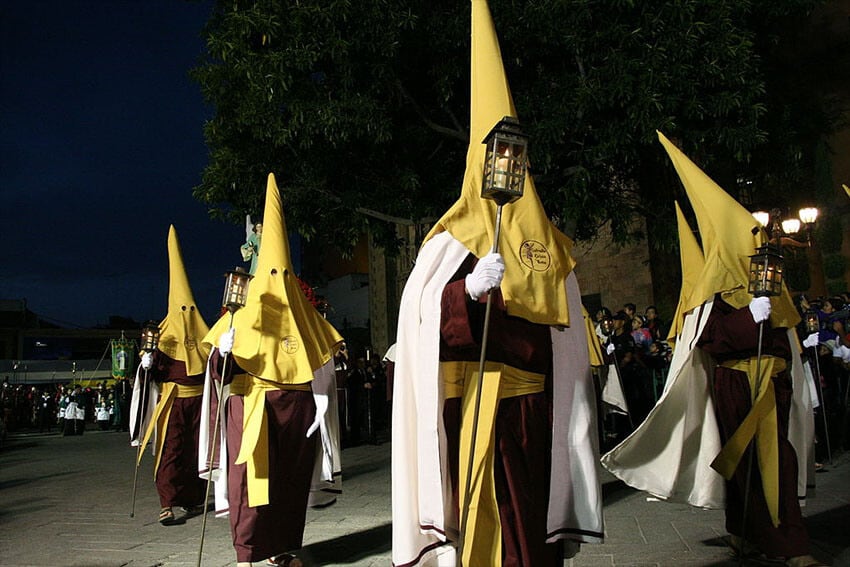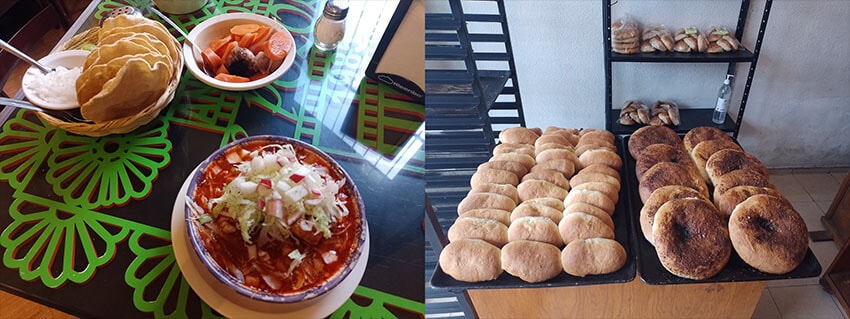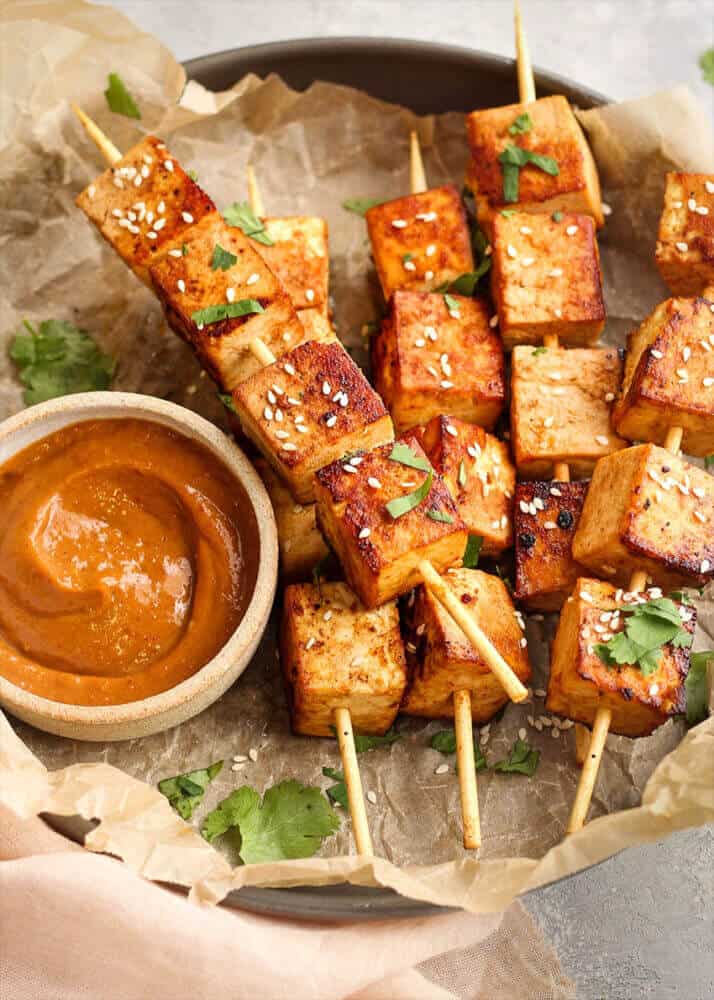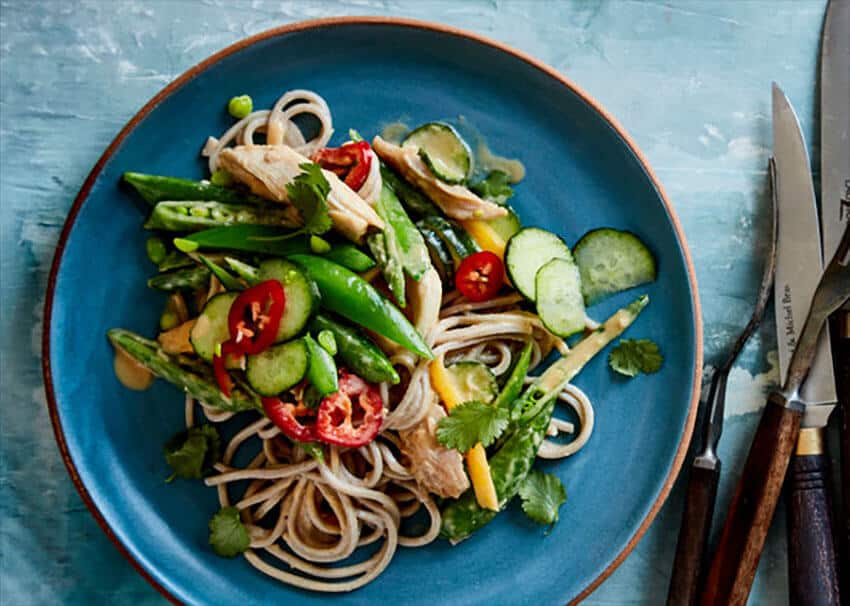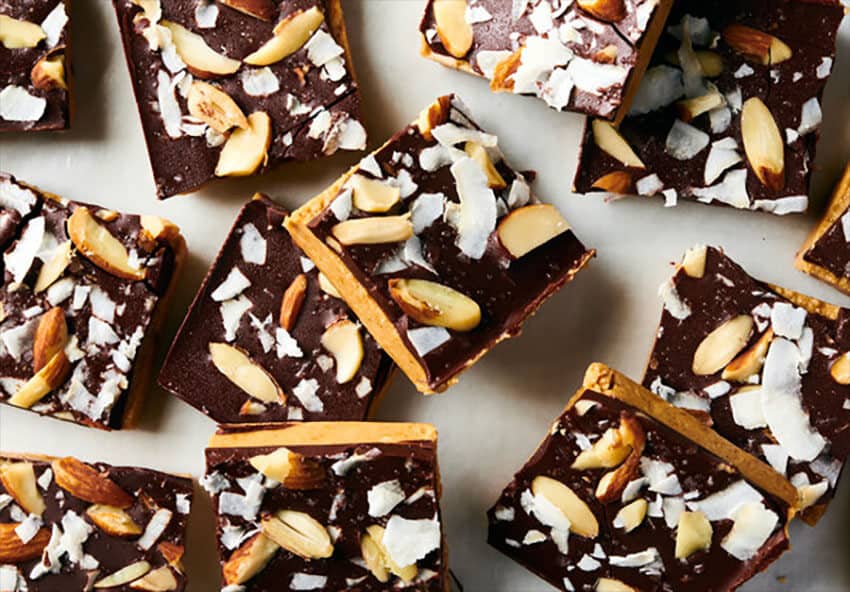Mexico could record some 70,000 new coronavirus cases per day when the fifth wave peaks in late July and early August, according to the spokesman for the National Autonomous University (UNAM) coronavirus commission.
In an interview with the newspaper El País, Mauricio Rodríguez predicted that case numbers will continue increasing in the coming weeks.
“It’s possible that we’ll exceed what we saw in the fourth wave and we could … have … about 70,000 cases a day at the end of the month and in the first week of August,” said the medical academic.
Mexico’s current single-day record for new cases is 60,552, set amid the fourth wave in January.
Rodríguez predicted that hospitalizations and COVID-19 deaths will also increase as case numbers rise, but not to the same extent, largely due to high rates of vaccination. He said there is a risk that highly contagious omicron sub-variants will become widespread here and cause case numbers to rise even more quickly.
“It’s probable that we’ll still have strong epidemic activity in August,” he added, even though the peak of the fifth wave is expected in late July and early next month.
Most cases during the current wave will be mild if they occur in vaccinated people and are detected in a timely way, Rodríguez said. “The worst of the pandemic has already passed,” he said, referencing the high number of COVID deaths recorded in 2020 and 2021.
Mexico currently has 223,074 estimated active cases, a 30% increase compared to a week ago when there were 171,291. It is recommended that people with COVID isolate for at least seven days, even if they don’t feel unwell.
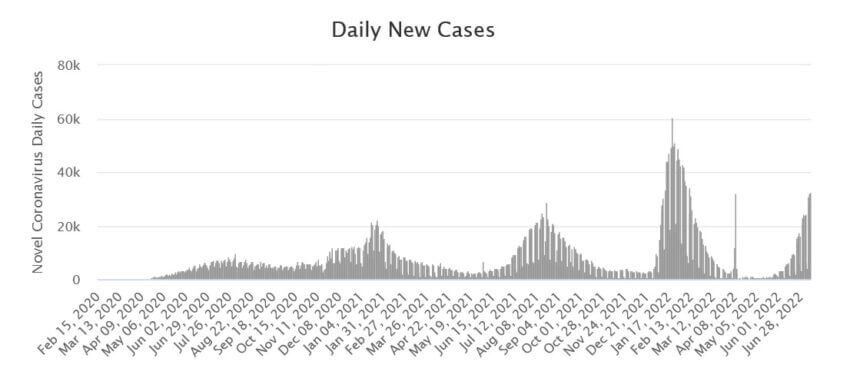
Mexico City easily has the highest number of active cases on a per capita basis with close to 700 per 100,000 people. Baja California Sur and Colima rank second and third respectively for the size of their outbreaks. Each state has more than 300 active infections per 100,000 residents.
The Health Ministry reported a total of 169,725 new cases during the past seven days for an average of 24,426 per day. The accumulated case tally rose to just under 6.26 million on Sunday with 9,342 additional infections reported.
The official COVID death toll increased to 326,085 with eight additional fatalities registered. A total of 297 COVID-related fatalities were recorded during the past seven days for a daily average of 42 per day.
The Health Ministry said in a statement Sunday that 16% of general care beds set aside for COVID patients are currently occupied while just 4% of those with ventilators are in use.
The federal government is no longer using a stoplight system to warn citizens of the COVID risk level in Mexico’s 32 entities, but authorities in Nuevo León continue to use their own system and last week upgraded the risk level from green to yellow. The state recorded 3,860 cases last Wednesday, the highest single-day figure since January, and hospitalizations have recently trended upwards.
There are currently just over 200 active cases per 100,000 people in Nuevo León, according to federal data published Sunday. On a per capita basis, the state has the eighth largest outbreak in the country after Mexico City, Baja California Sur, Colima, Sinaloa, Quintana Roo, Querétaro and Yucatán.
With reports from El País, El Universal and El Financiero
